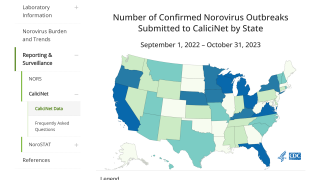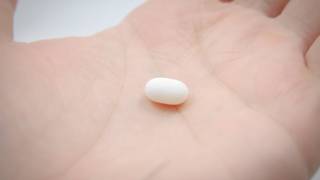Certain Canadian Oysters Contaminated with Vibrio

The U.S. Food and Drug Administration (FDA) recently announced a Public Health Alert advising consumers and retailers to avoid potentially contaminated raw oysters from British Columbia, Canada.
On April 4, 2022, the FDA confirmed that the agency is working with federal, state, and local officials and Canadian public health authorities regarding potential norovirus outbreaks.
The FDA has confirmed that potentially contaminated raw oysters harvested in the south and central parts of Baynes Sound, British Columbia, Canada, were distributed to restaurants and retailers in California, Colorado, Florida, Hawaii, Illinois, Massachusetts, Minnesota, New Jersey, Nevada, New York, Oregon, Texas, and Washington states.
Furthermore, it is possible that additional states received these oysters through further distribution within the U.S. Retailers should not serve the raw oysters harvested from those locations.
And people should not eat any raw oysters from the locations listed above and should throw them in the garbage.
The U.S. CDC says raw oysters contaminated with Vibrio can be life-threatening, even fatal when eaten by someone with liver disease, diabetes, or a weakened immune system.
Vibrio bacteria naturally inhabit coastal waters where oysters live. Because oysters feed by filtering water, bacteria can concentrate in their tissues.
According to the FDA, food contaminated with norovirus may look, smell, and taste normal. However, anyone who consumes raw shellfish is at risk of contracting norovirus.
The seriousness of any case depends on many factors, including how much bacteria is ingested and the person's underlying health conditions.
Oysters can cause illness if eaten raw, particularly for those with compromised immune systems.
A person usually develops symptoms 12 to 48 hours after being exposed to norovirus. However, most people with norovirus illness get better within 1 to 3 days.
The most common symptoms of norovirus are diarrhea, vomiting, nausea, and stomach pain.
Other symptoms include fever, headache, and body ache.
If you have norovirus illness, you can feel extremely ill and vomit or have diarrhea many times a day.
This can lead to dehydration, especially in young children, older adults, and people with other illnesses.
Call your healthcare provider if you think you or someone you are caring for is severely dehydrated, says the FDA.
Furthermore, it is also essential to be aware that noroviruses are relatively resistant to heat. They can survive temperatures as high as 145°F.
Therefore, the U.S. CDC says that quick steaming processes often used to cook shellfish may not heat foods enough to kill noroviruses.
To protect yourself and others from norovirus:
- Wash your hands thoroughly with soap and water often.
- Carefully wash fruits and vegetables before preparing and eating them.
- Cook oysters and other shellfish thoroughly before eating them.
- Do not prepare food or care for others when you are sick and for at least two days after symptoms stop.
- Clean and disinfect contaminated surfaces.
- Wash contaminated laundry thoroughly.
Moreover, here are a few FDA facts about oysters:
MYTH: Alcohol kills harmful bacteria.
Fact: Alcohol may impair a person's reasonable judgment, but it doesn't destroy harmful bacteria.
MYTH: Just a few oysters can't hurt you.
Fact: Roberta Hammond, Ph.D., the Food and Waterborne Disease Coordinator for Florida, cites a case where a fatality caused by Vibrio vulnificus occurred after eating only three oysters.
To read about other Raw Oyster Myths, please visit this FDA webpage.
Vax-Before-Travel publishes fact-checked, research-based news.
Updated on April 7, 2022, for accuracy.
Our Trust Standards: Medical Advisory Committee






















